
Culture
16:53, 26-Jun-2018
Six popular auspicious plants in Chinese painting
Updated
15:05, 29-Jun-2018
By Zheng Songwu
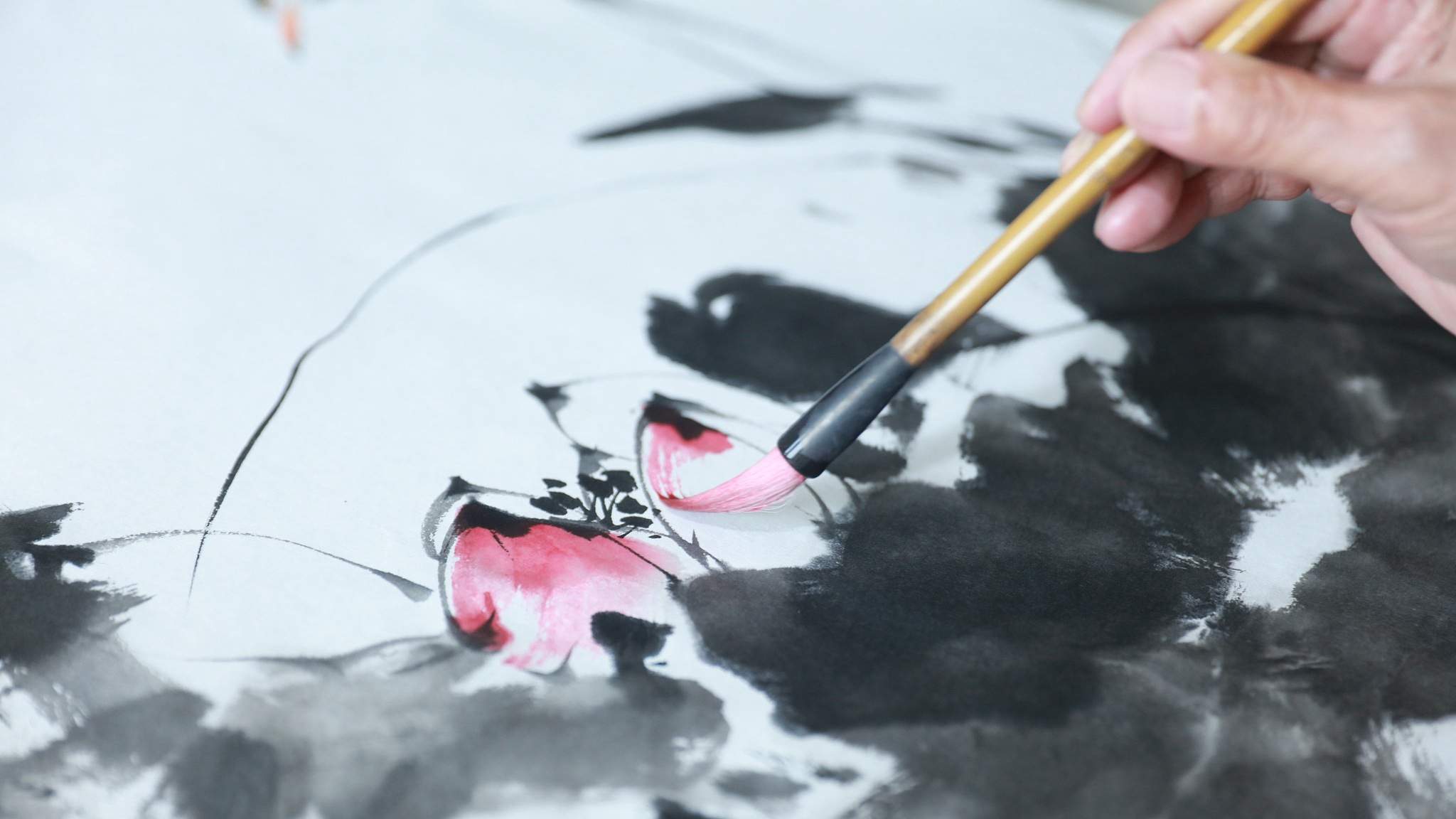
Opposed to Western styles of painting, Chinese painting, known as "guóhuà" in Chinese, or "national painting" today, is done with no oils but a brush dipped in colored pigments or black ink on paper or silk.
"Landscape painting" and "Bird-and-flower painting" are considered the two most popular forms in Chinese painting. "Landscape painting" usually covers "mountains, rivers" and "Bird-and-Flower painting" covers "flowers, birds, or fish."
On these two prestigious forms of painting, six plants symbolizing auspiciousness for Chinese people are always the subjects.
Plum blossoms
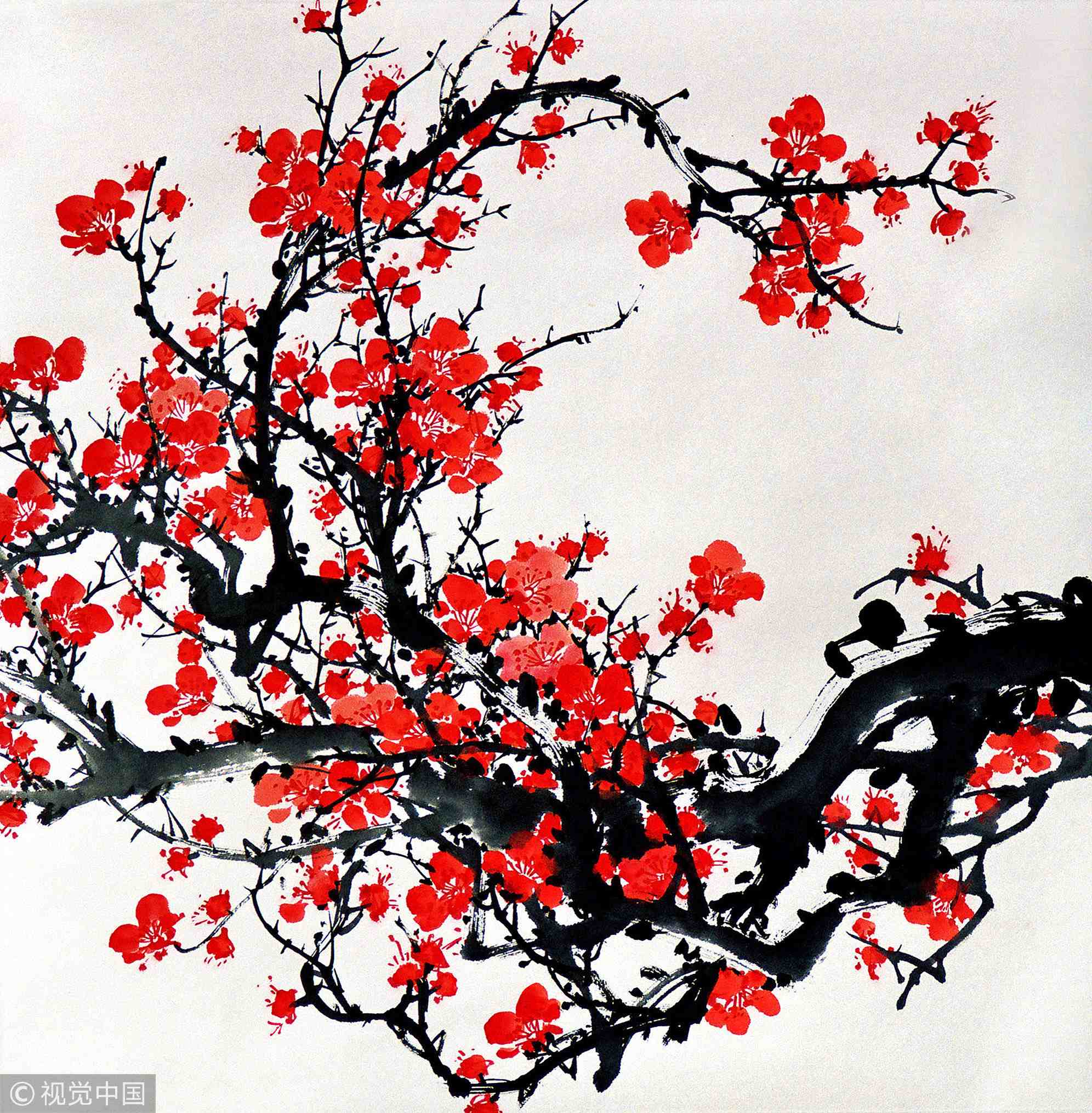
VCG Photo
VCG Photo
Plum blossoms are regarded as Chinese transitional flowers. They are highly praised by ancient and modern poets and painters for their beautiful appearance.
And also, Chinese people think they are brave and ignore heavy weather because they blossom in the cold winter when other flowers wither. In addition, Plum blossoms are a symbol of good luck for the coming spring.
Orchids

'Red Orchid' by Jin Nong, Qing dynasty. /VCG Photo
'Red Orchid' by Jin Nong, Qing dynasty. /VCG Photo
Orchids are known for their everlasting fragrance. If you put one of them in the room, the room will be full of its fragrance.
Such fragrance is regarded as "national fragrance", for, in ancient China, people believed "an orchid suffers an exquisite fragrance in the whole country".
Orchids with their unique leaves, flowers, and fragrance, often impress people with a very clean, elegant beautiful image.
In China, the beauty of poetry and prose is often compared to "the orchid chapter", the true friendship to "the orchid friendship", and the good friend to "the orchid guest".
Bamboos
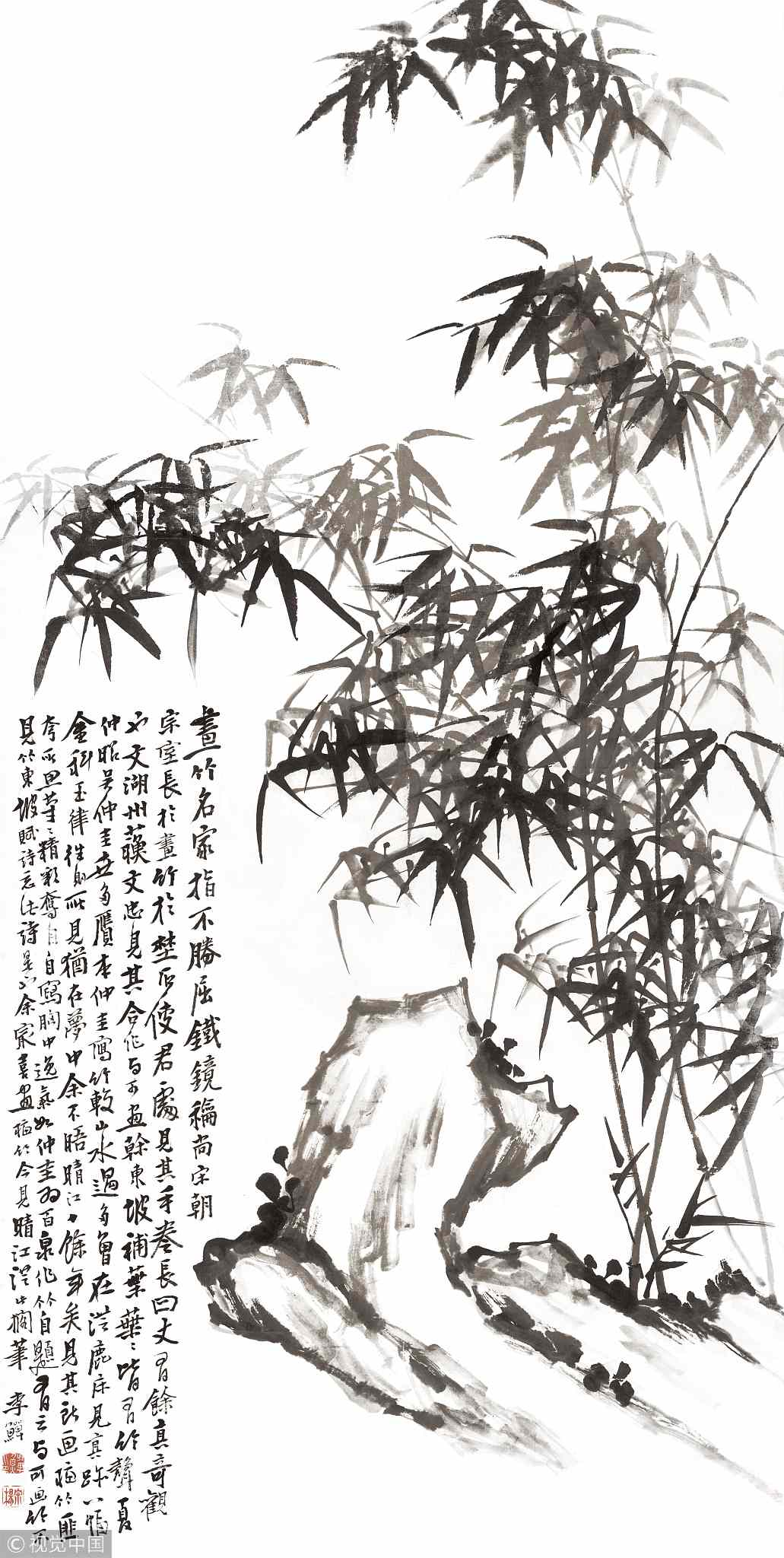
'Bamboo in Stones' by Li Fangyin, Qing dynasty. /VCG Photo
'Bamboo in Stones' by Li Fangyin, Qing dynasty. /VCG Photo
Like plum blossoms, bamboos can be exposed to frost without dying as well when other plants wither away. People endow bamboos with the reputation of being "gentleman" who is with tough characters, high ambitions, and modest and open-minded in spirits.
In the ancient tradition, it was a custom to set off firecrackers, which were made of bamboos to farewell the old and bring peace to the new.
Therefore, bamboos are also used as a symbol of peace and auspiciousness in Chinese paintings.
Chrysanthemums
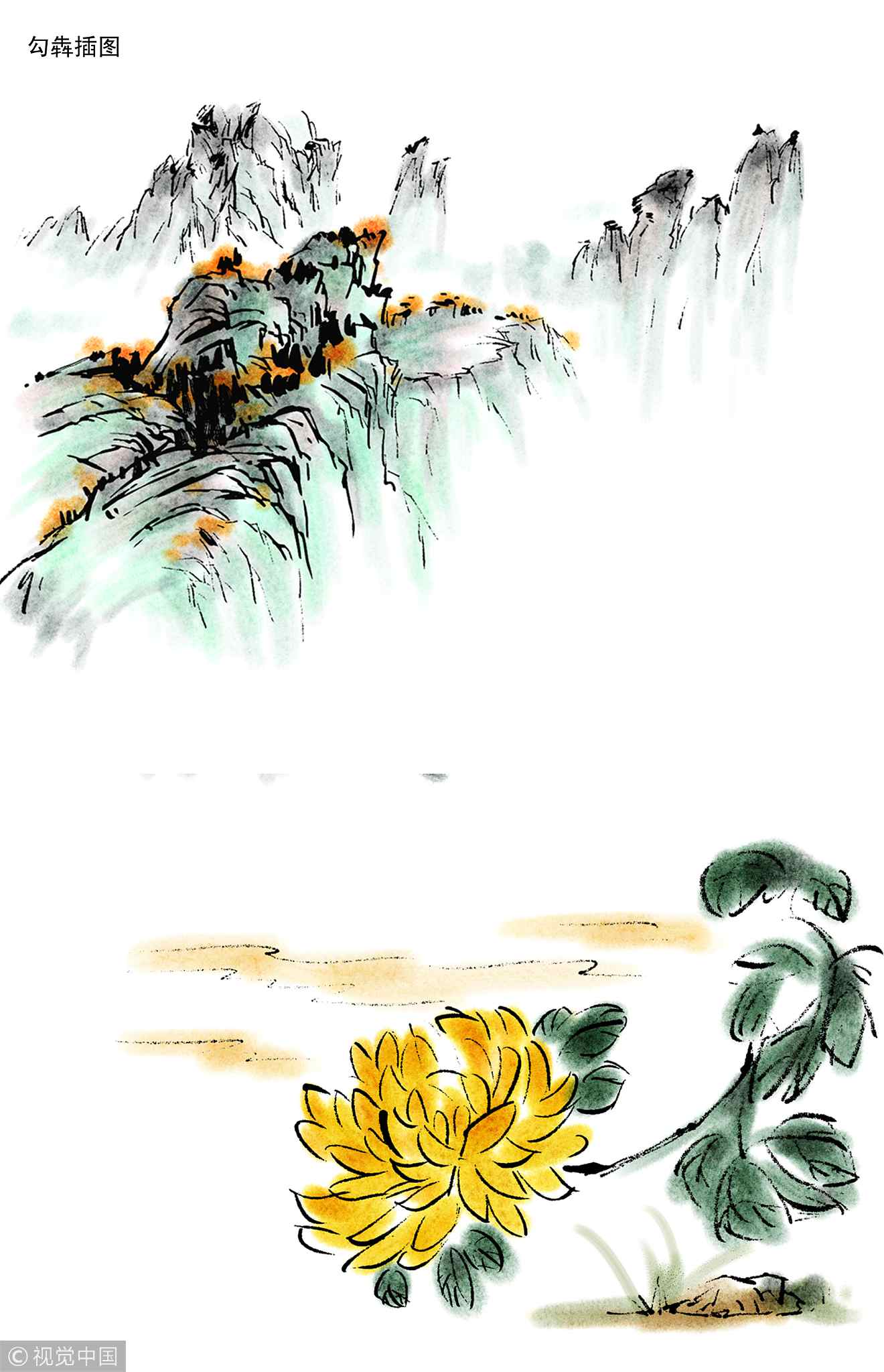
VCG Photo
VCG Photo
Though chrysanthemums are with gorgeous appearance, people love their simple and elegant constancy more, blooming after other flowers fade away in fall. And poets think they're tough because they don't drop a petal no matter how strong the wind is.
Giving chrysanthemums strong noble sentiments, the ancient poets always preferred to use chrysanthemums as a metaphor for their noble sentiment, unyielding loyalty.
Pine trees
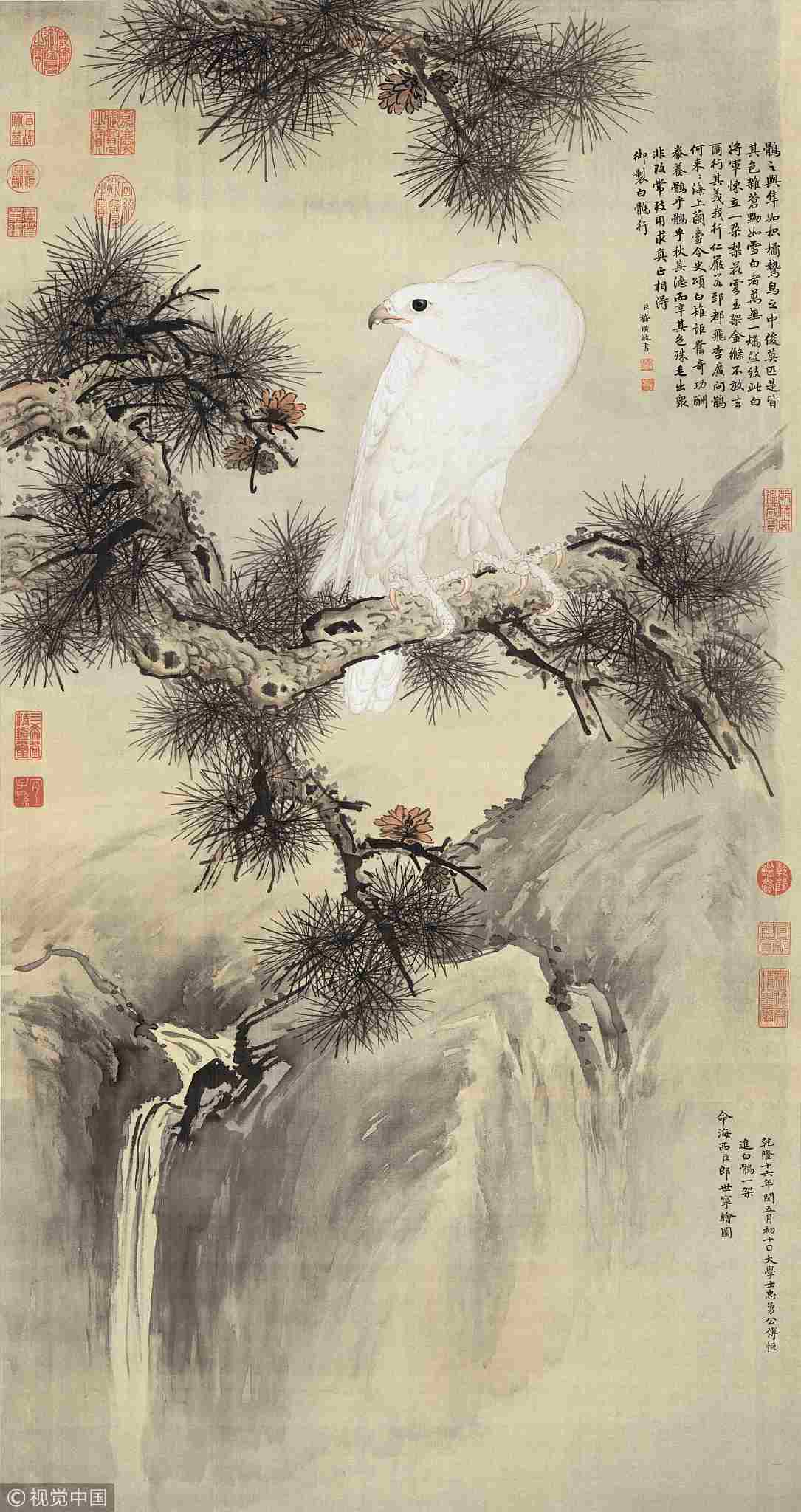
This work was done by Giuseppe Castiglione, an Italian artist who went to China in Qing dynasty.
This work was done by Giuseppe Castiglione, an Italian artist who went to China in Qing dynasty.
For Chinese, the magnificence of pine trees is intoxicating. They are very strong evergreen trees. However it is frozen or cold, they’re still green and verdant.
People endow them with a strong will and unyielding character, and together with bamboos and winter-sweets, they are considered as "three durable plants of winter " and respected. In folk tradition, pine trees are a symbol of longevity.
Lotus flowers

VCG Photo
VCG Photo
In Buddhism, lotus flowers are regarded as the symbol of the pure land of the west and the place where souls are conceived. The body of Buddha is often placed on top of a lotus, so the seat of Buddha is also called lotus seat.
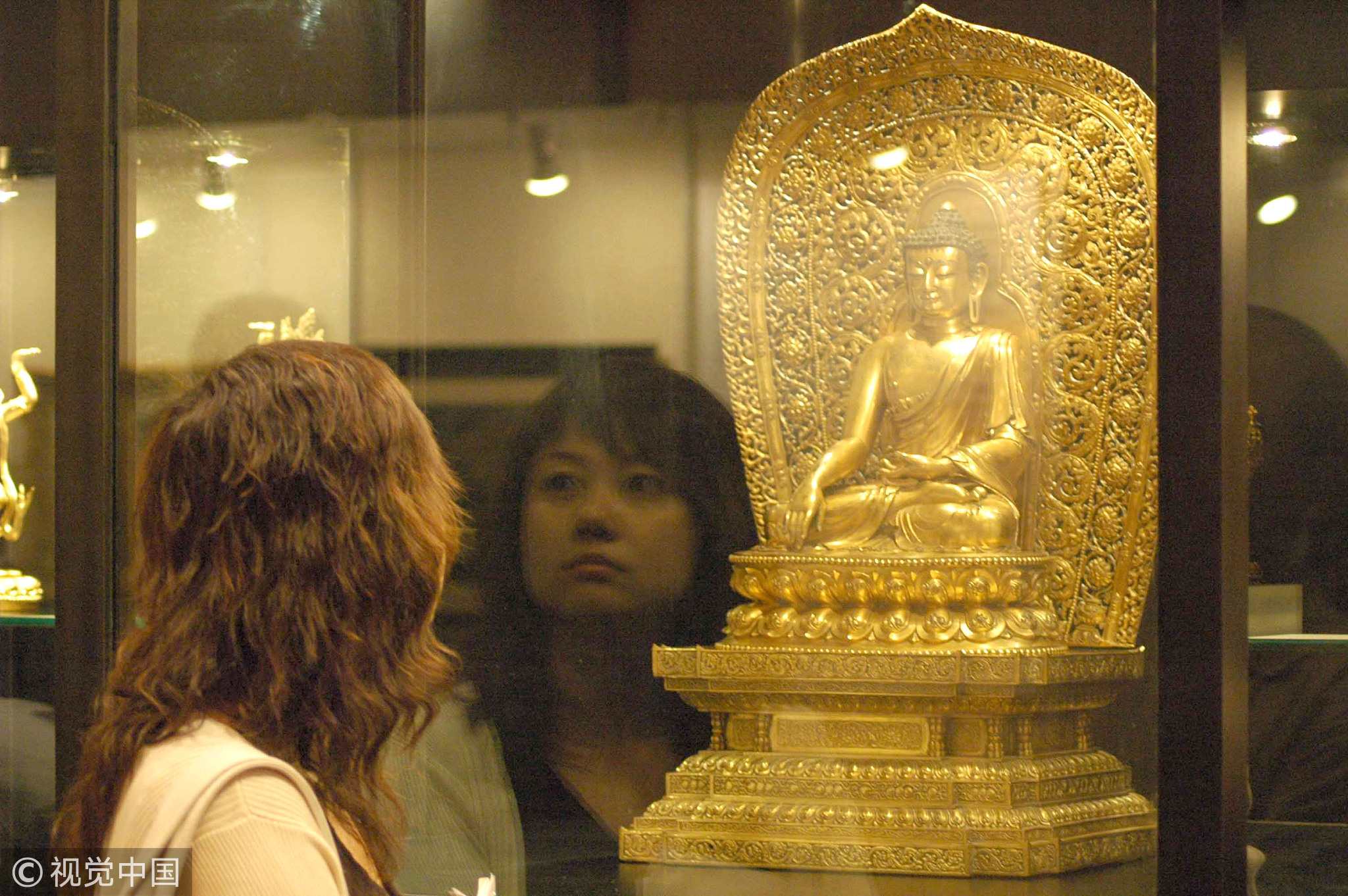
VCG Photo
VCG Photo
A poet named Zhou Dunyi in the Northern Song Dynasty, about one thousand years ago expressed his love to lotus in his prose by "I just love lotus because she grows in mud, yet never contaminates with it."
Lotus flowers have become popular flowers in China with their symbol of beauty, love, longevity, and sanctity. Therefore, they are popular subjects in Chinese paintings.

SITEMAP
Copyright © 2018 CGTN. Beijing ICP prepared NO.16065310-3
Copyright © 2018 CGTN. Beijing ICP prepared NO.16065310-3